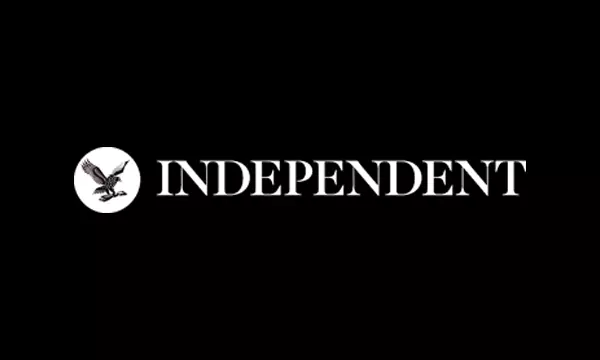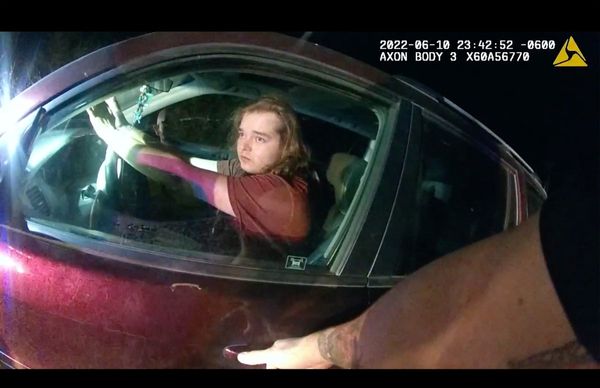
Correcting vision is possible
In recent decades, the field of ophthalmology has witnessed remarkable advancements in vision correction procedures. Laser vision correction, in particular, has gained immense popularity for its ability to transform the lives of individuals suffering from myopia (nearsightedness), hyperopia (farsightedness), and astigmatism. These procedures help to enhance visual acuity and can reduce dependency on corrective lenses or glasses. To truly appreciate the impact of laser vision correction, it is essential to understand the science behind these procedures and how they work.
Basics of vision
Our eyes function as optical systems, with light entering through the cornea and lens to form an image on the retina. The retina then sends signals to the brain, which interprets these signals as the visual world around us. Refractive errors, such as myopia and hyperopia, occur when the cornea and lens do not focus light accurately on the retina, resulting in blurred vision.
What is refractive error?
At the core of laser vision correction lies an understanding of refractive errors. Myopia, hyperopia, astigmatism, and presbyopia are common conditions that affect how light is focused on the retina, causing blurred vision at various distances. These conditions arise due to changes in shape and size of an eye or in the flexibility of the lens over a period of time.

Common refractive errors
Myopia: Myopia is a common vision condition in which close-up objects look clear and further away objects are blurry. Myopia occurs when the eyeball is too long or the cornea is too steep, causing distant objects to be focused in front of the retina rather than directly on it.
Hyperopia: Hyperopia is a vision condition in which distant objects are usually seen more clearly than close-up ones. Hyperopia occurs when the eyeball is too short or the cornea is too flat, causing nearby objects to be focused behind the retina.
Astigmatism: Astigmatism is a common vision condition that can make your vision blurry and distorted. It happens because of an uneven curvature of the cornea or lens, leading to blurred or distorted vision at all distances.
Presbyopia: Presbyopia is a refractive error that makes it hard for middle aged and older adults to focus on close-up objects, where the natural lens loses its flexibility.
Complex vision correction cases, such as those involving high degrees of refractive errors or astigmatism, presented challenges in the past. However, ongoing technological advancements have now addressed these challenges. New approaches and algorithms enhance the customization of procedures for individual patients, leading to more precise treatments and better results even in intricate cases.

Low impact treatment
Dr. D. Ramamurthy, Chairman, The Eye Foundation, Tamil Nadu, Kerala, Karnataka, India says, “SMILE is a flapless procedure where a femtosecond laser creates a small, lens-shaped piece of tissue called lenticule within the cornea, which is then removed through a small incision. This reshapes the cornea and helps correct multiple errors in a single procedure. What sets SMILE apart is its potential to correct a wide range of refractive errors, including high myopia and astigmatism. Further, the minimally invasive nature of the procedure means less discomfort, a quicker visual recovery, and reduced risk of postoperative complications.”
Post-operative care
The journey to successful laser vision correction does not end with the treatment itself. Proper post-operative care plays a crucial role in achieving and maintaining optimal outcomes. Patients are educated about common post-operative symptoms and guided on managing them effectively.
Laser vision correction treatments not only transform our vision but also our lives, enabling us to experience the world with newfound clarity and freedom from the constraints of glasses or contact lenses. As technology advancements continue to march forward, the future of laser vision correction looks brighter than ever, offering the gift of clear vision to all who seek it.







